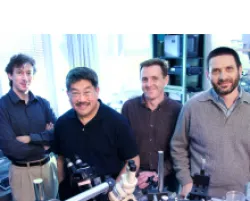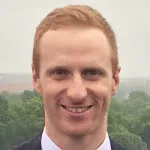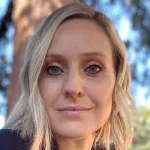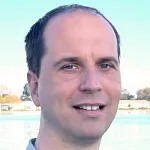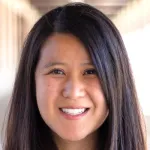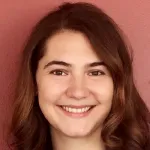
Monroe Kennedy III - Assistant Professor of Mechanical Engineering
Dr. Monroe Kennedy's research is to develop technology that improves everyday life by anticipating and acting on the needs of human counterparts. The research can be divided into the following sub-categories: robotic assistants, connected devices and intelligent wearables. Dr. Kennedy uses a combination of tools in dynamical systems analysis, control theory (classical, non-linear and robust control), state estimation and prediction, motion planning, vision for robotic autonomy and machine learning.

